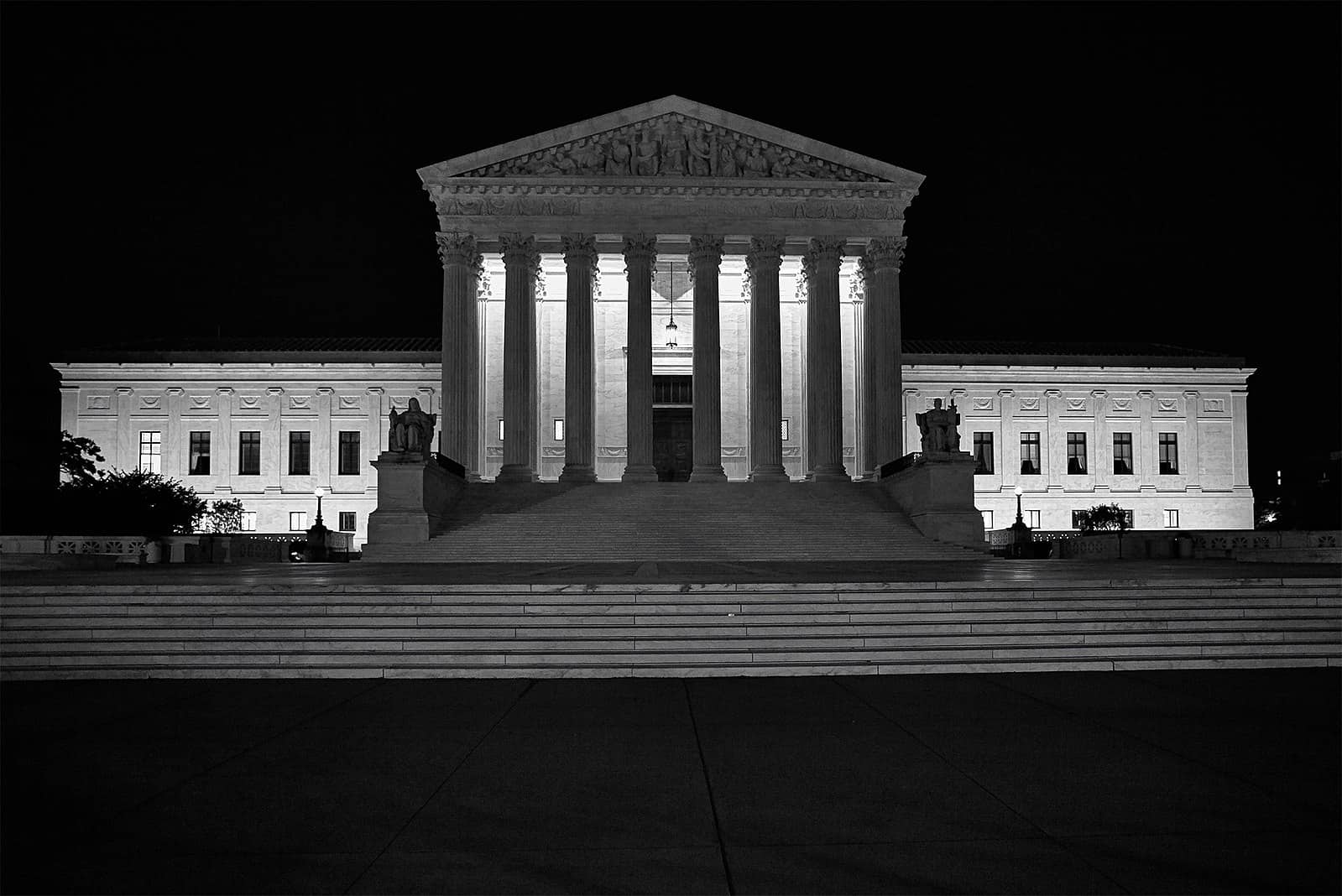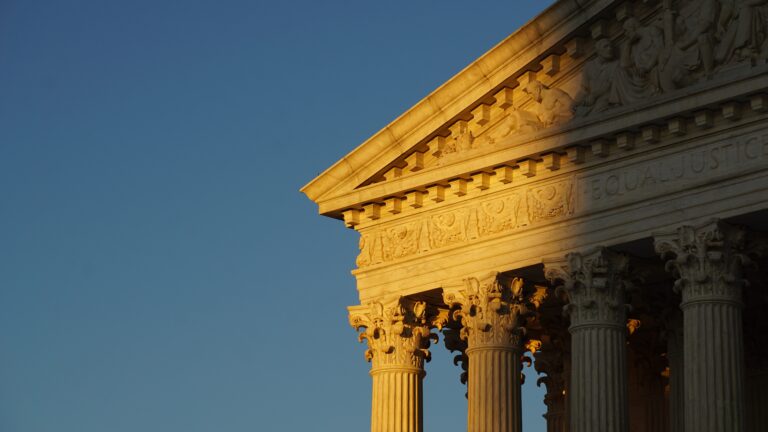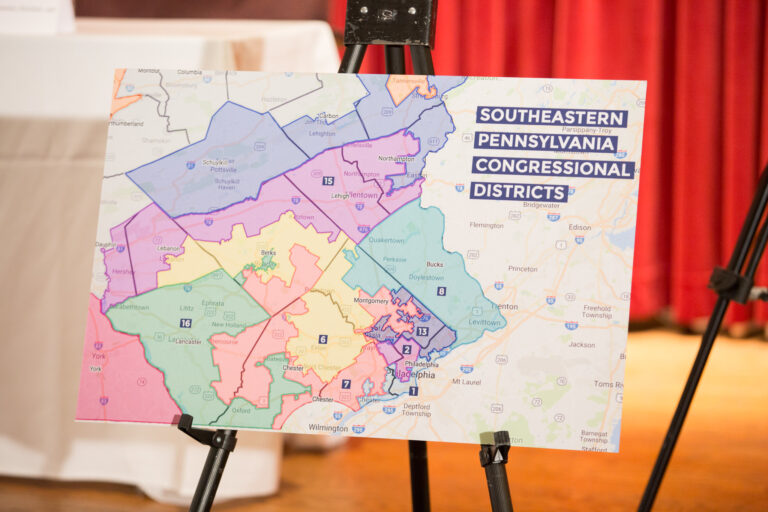
Benjamin Sachs is the Kestnbaum Professor of Labor and Industry at Harvard Law School and a leading expert in the field of labor law and labor relations. He is also faculty director of the Center for Labor and a Just Economy. Professor Sachs teaches courses in labor law, employment law, and law and social change, and his writing focuses on union organizing and unions in American politics. Prior to joining the Harvard faculty in 2008, Professor Sachs was the Joseph Goldstein Fellow at Yale Law School. From 2002-2006, he served as Assistant General Counsel of the Service Employees International Union (SEIU) in Washington, D.C. Professor Sachs graduated from Yale Law School in 1998, and served as a judicial law clerk to the Honorable Stephen Reinhardt of the United States Court of Appeals for the Ninth Circuit. His writing has appeared in the Harvard Law Review, the Yale Law Journal, the Columbia Law Review, the New York Times and elsewhere. Professor Sachs received the Yale Law School teaching award in 2007 and in 2013 received the Sacks-Freund Award for Teaching Excellence at Harvard Law School. He can be reached at [email protected].
Justice Thomas concurred in the Glacier judgment allowing a tort suit against a union for damages allegedly sustained during a strike. But Thomas also wrote separately to sketch his vision of a broader rewrite of NLRA labor preemption doctrine. Just as Justice Alito called Abood an “anomaly” in Knox before the Court overruled it in Janus, Justice Thomas writes to emphasize what he calls the “oddity of Garmon‘s broad pre-emption regime.” To be sure, Thomas writes for himself and Justice Gorsuch in the Glacier concurrence (Alito was speaking for the Court in Knox), and so it is important not to attribute too much importance to the opinion. And the concurrence is short – a mere 3 1/2 pages. But it is worth understanding what Thomas has in mind for a reshaped labor preemption doctrine.
In brief, and as far as the opinion allows us to know, Justice Thomas appears to want to replace current labor preemption law with a strict form of conflict preemption. In this version of preemption analysis, the question would no longer be – as it is under Garmon – whether the labor conduct at issue is arguably protected by section 7 or prohibited by section 8 of the NLRA. Instead, the question would be whether the federal law and the state law in play “are in logical contradiction, such that it is impossible to comply with both.” To flesh out what this kind of preemption analysis looks like, Thomas cites his concurring opinion in Merck Sharp & Dohme Corp. v. Albrecht, a drug labeling case, where he explains how courts are to determine whether a direct conflict exists between state and federal law. According to Thomas, the “original meaning of the Supremacy Clause” dictates that “federal law pre-empts state law only if the two are in logical contradiction.” Although Thomas explains that sometimes there can be a logical contradiction between state and federal law even if it is possible to comply with both, the ultimate question – as reflected in the Glacier concurrence – is whether a logical contradiction leaves it “impossible to comply with both” the state and federal laws. And, to answer this question, courts must determine the following: whether it is “lawful under federal law for [the party] to do what state law required of it.” If what the state requires is lawful under federal law, there presumably is no preemption.
Much is unclear about how Justice Thomas would rewrite labor preemption law. For starters, the concurrence is couched as a critique of Garmon and doesn’t mention Machinists at all. But, the cite to Merck Sharp & Dohme Corp., with its reference to the meaning of the Supremacy Clause, plausibly suggests that Thomas would move all of labor preemption doctrine in a conflict/impossibility direction. And one thing seems likely about that kind of preemption regime: if applied faithfully and evenhandedly (obviously a big if), such a preemption regime would probably allow a lot more state intervention into labor law than is permitted under existing doctrine.
As an example, consider access rights for union organizers (and set aside for the moment the Cedar Point Takings questions). If a state enacted a law requiring private sector employers to allow union organizers onto company property to talk about unionization with employees, the employer could comply with the state law without violating federal law. That’s because there is no federal prohibition on allowing organizers onto company property; federal law permits such access, it just doesn’t require it. Or take sectoral bargaining. If a state law required organized employers to bargain with unions on a state-wide sectoral basis, that law might survive impossibility review too because, again, employers could comply with the state mandate without violating federal law: multi-employer bargaining is permissible under the NLRA, it’s just not mandated. So too with members’ only bargaining. (In this respect, the Thomas regime might resemble the world Mike Gottesman charted here.) Of course, a regime of this kind would also open the door to anti-union state laws: a state might ban card check recognition on the theory that such a prohibition leaves all the parties fully free to comply with federal law (since federal law permits but doesn’t require recognition based on cards). And there’s a caveat to the analysis of the pro-union examples listed here: a robust enough conception of the right to refrain from concerted activity would render it plausibly impossible to comply with a host of pro-union state laws without violating section 7.
This is all on the order of speculation. We can’t know what Thomas has in mind from these 3 1/2 pages. We can’t know who else might join him. We can’t know how the doctrine would play out in real life. And given the malleability of all legal tests there’s the real possibility that this new standard would be applied in asymmetric ways, permitting anti-union state laws while prohibiting pro-union ones. But for those interested in state intervention, the Thomas concurrence is relevant to the discussion.








Daily News & Commentary
Start your day with our roundup of the latest labor developments. See all
December 15
Advocating a private right of action for the NLRA, 11th Circuit criticizes McDonnell Douglas, Congress considers amending WARN Act.
December 12
OH vetoes bill weakening child labor protections; UT repeals public-sector bargaining ban; SCOTUS takes up case on post-arbitration award jurisdiction
December 11
House forces a vote on the “Protect America’s Workforce Act;” arguments on Trump’s executive order nullifying collective bargaining rights; and Penn State file a petition to form a union.
December 8
Private payrolls fall; NYC Council overrides mayoral veto on pay data; workers sue Starbucks.
December 7
Philadelphia transit workers indicate that a strike is imminent; a federal judge temporarily blocks State Department layoffs; and Virginia lawmakers consider legislation to repeal the state’s “right to work” law.
December 5
Netflix set to acquire Warner Bros., Gen Z men are the most pro-union generation in history, and lawmakers introduce the “No Robot Bosses Act.”